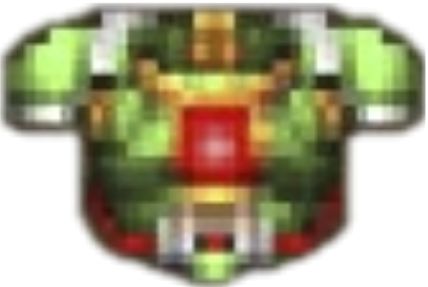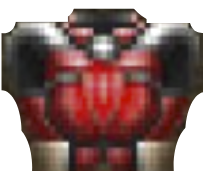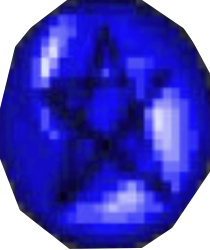Deep Reinforcement Learning and Memory
We used the Advantage Actor Critic (A2C) method, as presented by E.Beeching et. al. .
This model learns through trial and error to associate an observation (i.e. matrice of pixels), at
the time-step t to an action (at) such as turn left.
It can achieve this by using neuronal networks with shared parameters theta.
The model is composed of three stages with different purposes.
First, 3 convolutional layers to analyze and extract features from the input game screen
(image).
This results in a tensor of 16 features (ft) shaped as 10x4 matrices. Those features are then
flattened into a vector of 1x32 using a Fully Connected layer.
The purpose of such operation is to prepare them for the next stage, which is the memory.
The memory of such model is handled by a GRU layer, which takes a vector as input and outputs a
hidden state (ht), a vector of 32 elements.
GRU layers maintain and update a latent representation through time-steps using the combination of
its current input (ft) and its previous hidden state ht-1.
Each element of the hidden states is a quantity within the range[−1,1]. A value close to 0
represents low activity, whereas a value close to any extremity represents high activity.
Hidden states can change their values between two time-steps. Such value changes can be widely
observed across hidden states elements during trajectories.
However, it remains unclear which elements correspond to which representations, and thus are
responsible for decisions.
Finally, the last stage consists of mapping the current hidden state h_t to a probability
distribution over the 5 available actions (right, left, forward, forward+right, forward+left).
During the training phase, the agent is forced to explore its environment with random actions and
can recieve rewards depending on their outcome:
+0.5 for gathering an item in the right order (armor -> health pack -> soul-sphere), and -0.25 for
gathering the wrong item.
The combination of the observation, action and reward ordered by time-steps t forms a rollout
which is then used to optimize the neural network with gradient descent.
For a more detailed introduction to sequential memory, we recommend reading Christopher Olah's blog
on LSTMs, and the GRU paper .
We also recommend Karpathy's blog for an introduction to Deep Reinforcement Learning
 using Deep Reinforcement learning.
While playing, it builds and updates an inner representation (memory) of what it sees from the game.
This memory represents what the AI knows about the game, and is the root of each decision.
Reducing the size of the memory
using Deep Reinforcement learning.
While playing, it builds and updates an inner representation (memory) of what it sees from the game.
This memory represents what the AI knows about the game, and is the root of each decision.
Reducing the size of the memory  , could help the player learning to complete its task and thus lower its training time and energy consumption footprint.
In this scenario, the player has to gather items in a specific order: Green Armor
, could help the player learning to complete its task and thus lower its training time and energy consumption footprint.
In this scenario, the player has to gather items in a specific order: Green Armor 
 Red Armor
Red Armor

 Health
Pack
Health
Pack 
 Soul-sphere
Soul-sphere  , with the
shortest path possible.
, with the
shortest path possible.